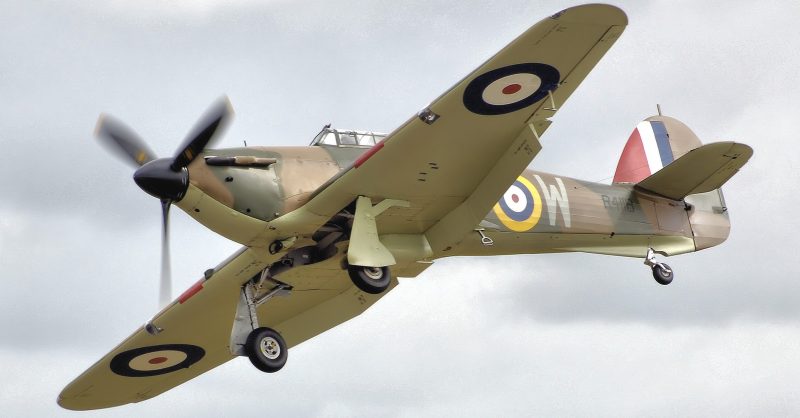The plane’s impact with the ground was so hard, and so abrupt, that the fuel in the tanks didn’t ignite, according to Roger Pickett, a WWII aviation enthusiast.
A Second World War-era Hurricane fighter has been discovered near the Thames Estuary, nearly 80 years after it crash landed after a dogfight and sank into 30 feet of mud in the village of Fobbing.
Now historians are hoping it can be refurbished and released into the skies once again.
This is just one of a handful of remaining digs from the Battle of Britain. It’s quite uncommon to find the remains of a fighter in such good condition on the ground, according to Gareth Jones, one of the organizers of the dig.
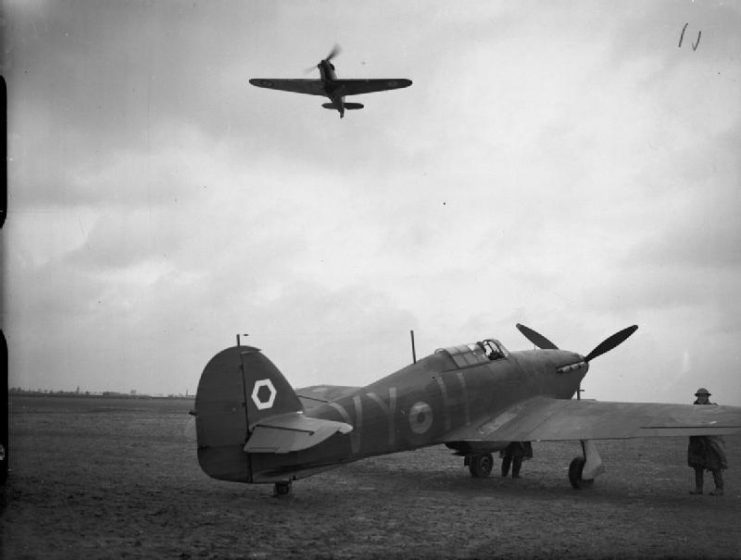
“In the skies above the Thames was a dogfight. Paddy in his Hurricane flew high to try and attack a big group of Messerschmitts, but he was hit from behind,” said aviation historian Simon Parry.
“Paddy” refers to the plane’s pilot, 21-year old Paddy Hemingway of Number 85 Squadron in Croydon.
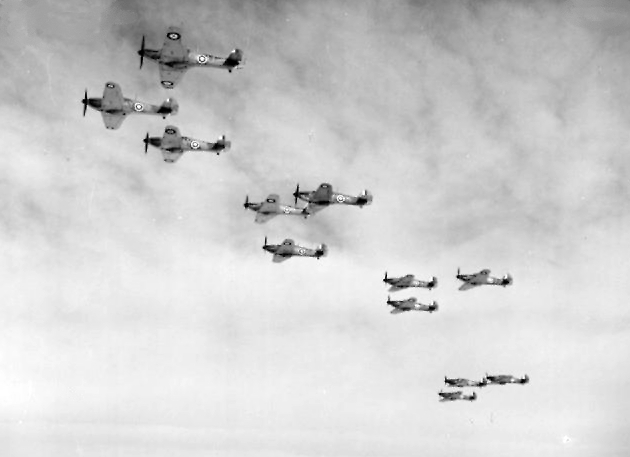
His aircraft plunged 17,000 feet when it was hit, forcing Hemingway to escape the plane and pray for a safe landing. His prayers were answered, but his plane itself didn’t make it. The place was Essex, and the date was August 26, 1940.
The plane’s impact with the ground was so hard, and so abrupt, that the fuel in the tanks didn’t ignite, according to Roger Pickett, a WWII aviation enthusiast.
Pickett spent decades combing the countryside between Basildon and the River Thames for the crash site, and enjoyed some success. His team dug down 12-15 feet into the dirt and discovered two undercarriage legs, two Browning machine guns, and some fragments. But they couldn’t get past a certain point in the dig due to the consistency of the mud.
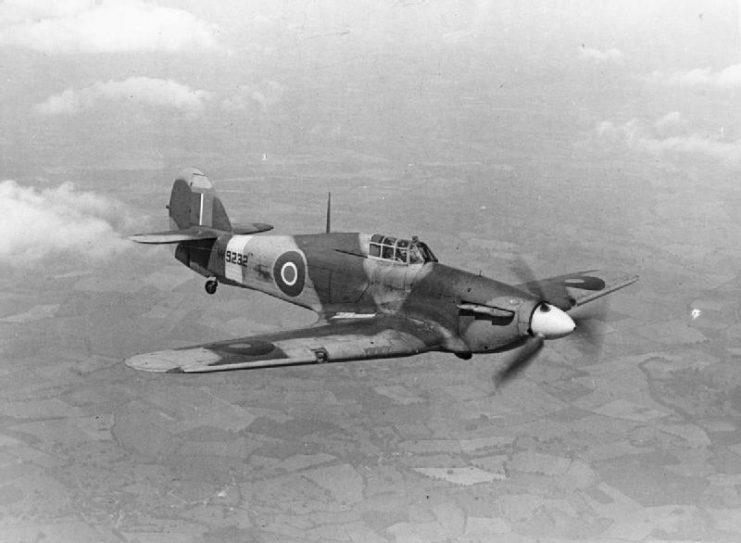
Eventually they turned to modern technology, and soon they discovered the entirety of the plane. They removed it using a specialized excavator to create a hole 35 feet deep.
https://youtu.be/CLc_b9wk4kk
The excavators found a Browning machine gun, and parts of the Merlin engine with the Rolls Royce plate still intact. They also found the control panel and gun switch still ready to fire.
The Hurricane and the Spitfire were the two airplanes employed by the RAF during the Battle of Britain. The Hurricane was used to attack enemy fighters, while the Spitfire was tasked primarily with taking out enemy bombers, according to the Imperial War Museum.
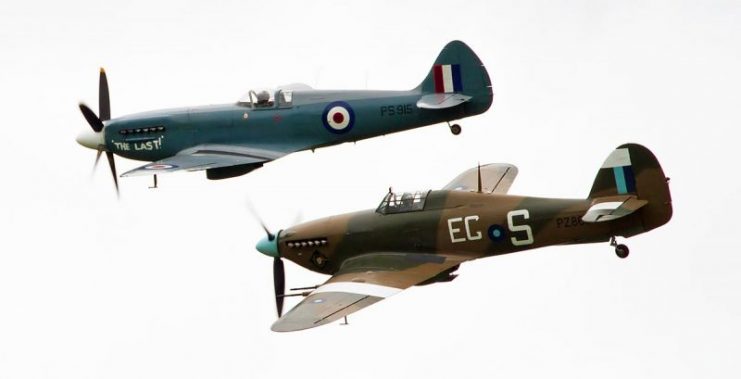
The Second World War included many theaters, each with their own signature players and dramatic exits and entrances. The Battle of Britain was fought in 1940 in the skies over Britain, where the RAF faced off against the barrage of attacks from Nazi Germany’s air force, the Luftwaffe.
The Germans were fresh from their swift and decisive victories over France and the Low Countries, and they looked north to an isolated and surrounded Britain.
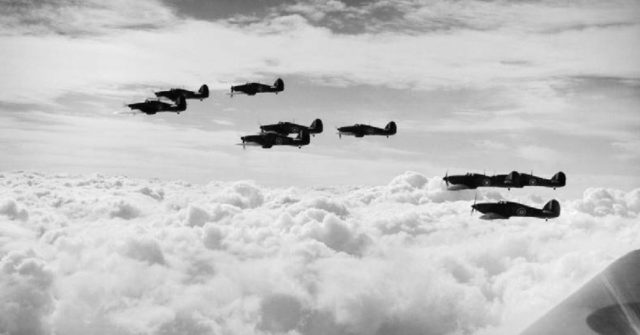
The German high command understood the tactical and logistical complications of a protracted seaborne campaign against Britain while the Royal Navy still controlled both the English Channel and the North Sea, and so they turned their attentions to the air – their only remaining potential advantage.
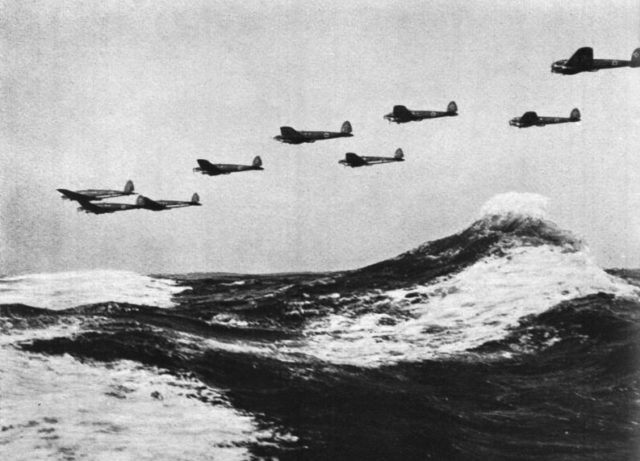
The Battle of Britain is a significant time in military history because it is the first major military campaign fought entirely in the air. The total number of combatants dispatched was 3,000 strong.
Read another story from us: The Hurricane: A Very Important Fighter in the Battle of Britain
Most of these personnel were teenagers—or barely out of their teens, like Paddy Hemingway—when they took to the skies and risked their lives to fight Hitler’s Luftwaffe in what most historians agree is the most important battle the UK ever fought in its long and storied history.
